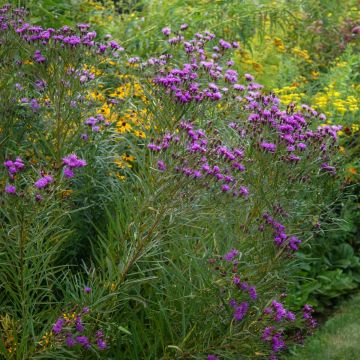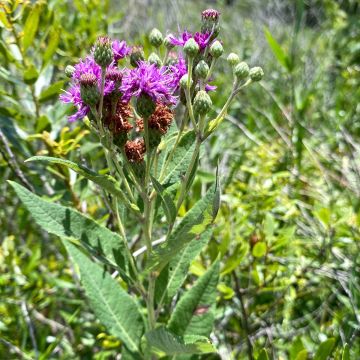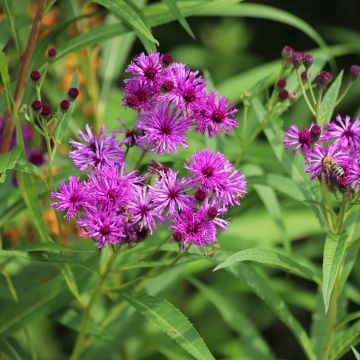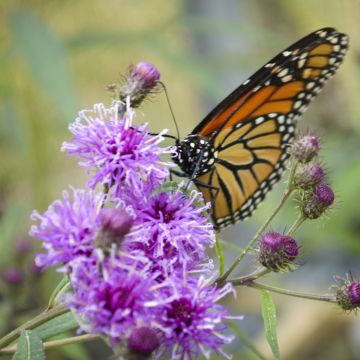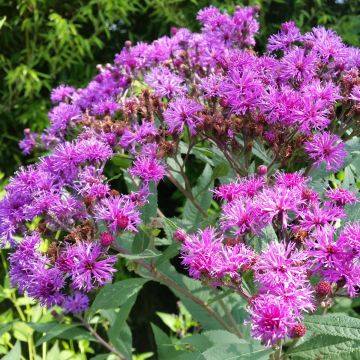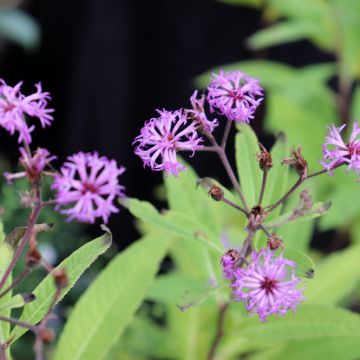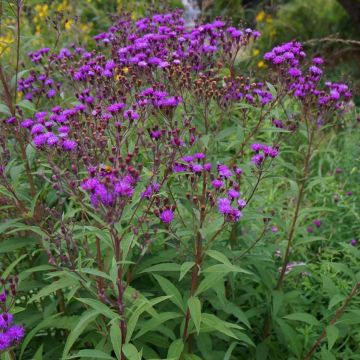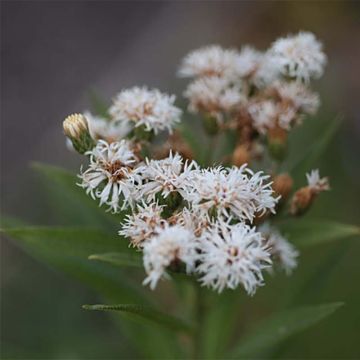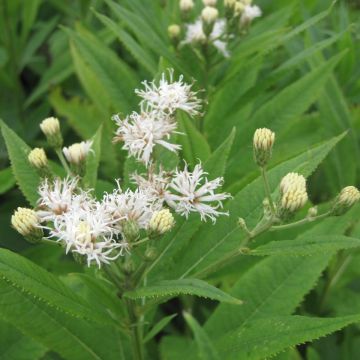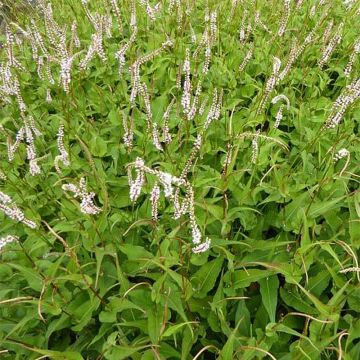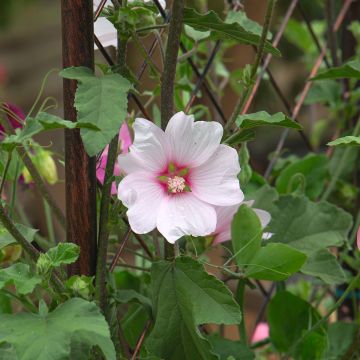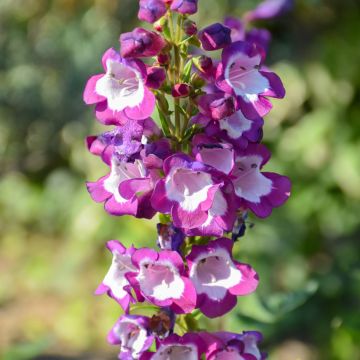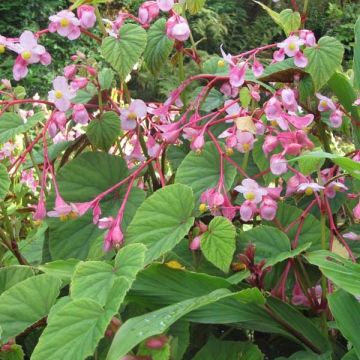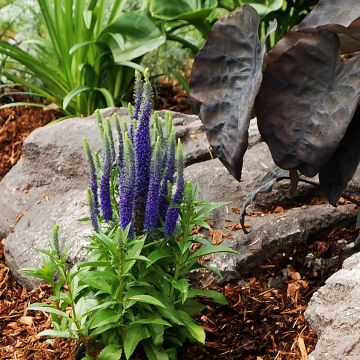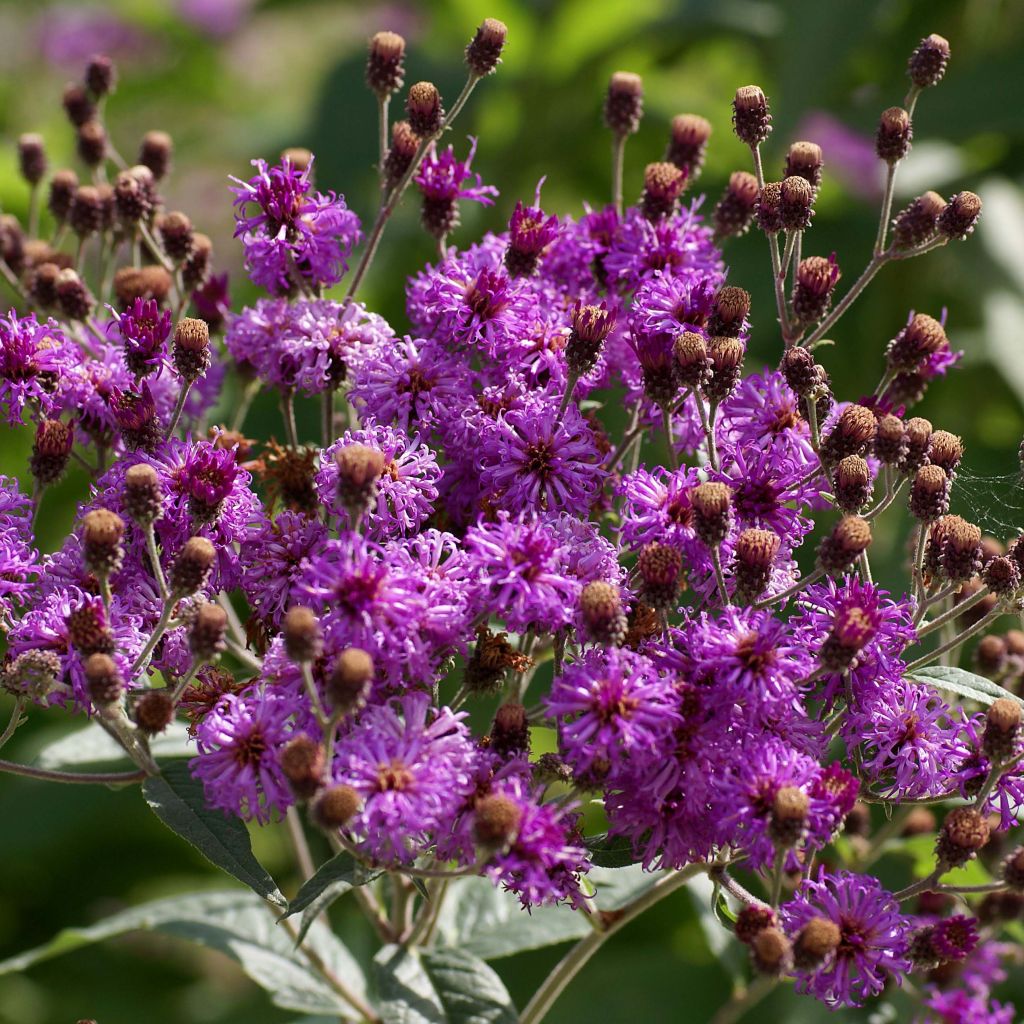

Vernonia baldwinii - Vernone rose violacé
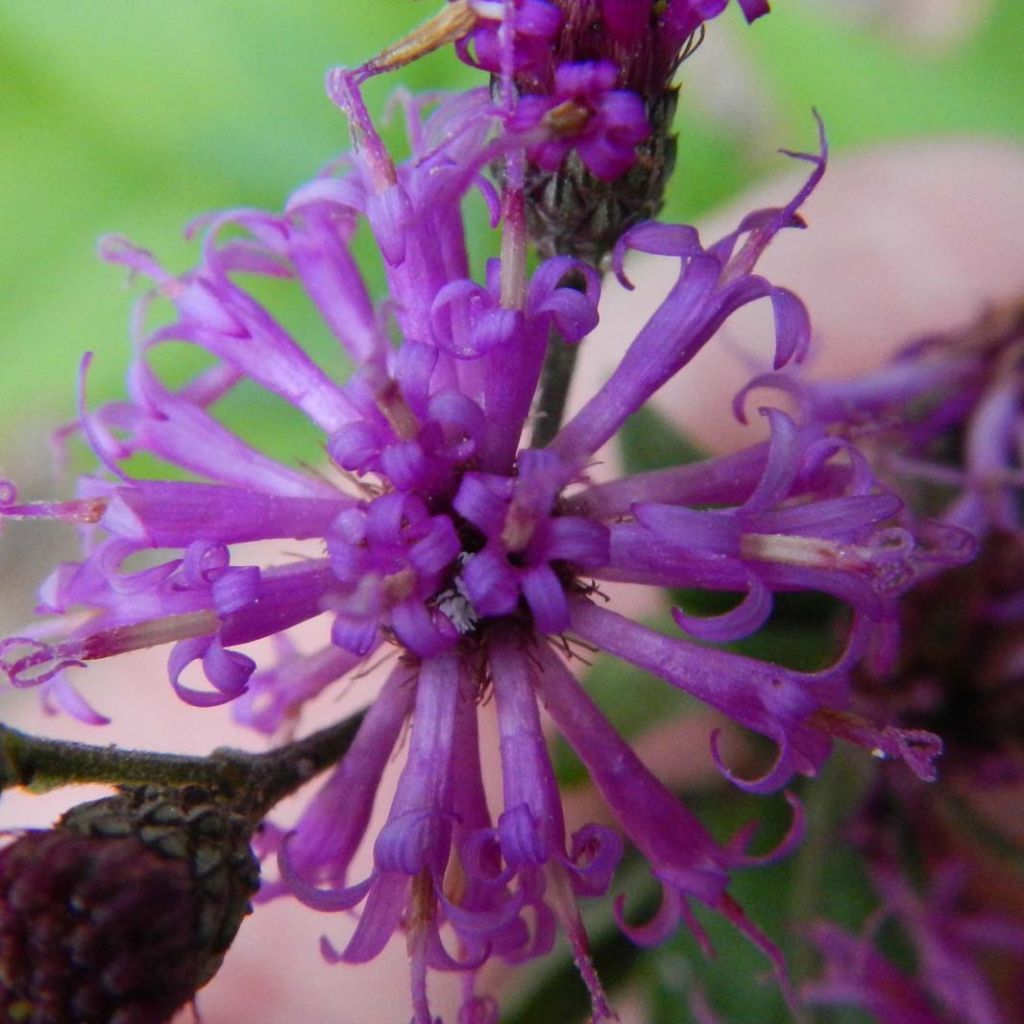

Vernonia baldwinii - Vernone rose violacé
Vernonia baldwinii - Ironweed
Vernonia baldwinii
Western Ironweed
Special offer!
Receive a €20 voucher for any order over €90 (excluding delivery costs, credit notes, and plastic-free options)!
1- Add your favorite plants to your cart.
2- Once you have reached €90, confirm your order (you can even choose the delivery date!).
3- As soon as your order is shipped, you will receive an email containing your voucher code, valid for 3 months (90 days).
Your voucher is unique and can only be used once, for any order with a minimum value of €20, excluding delivery costs.
Can be combined with other current offers, non-divisible and non-refundable.
Why not try an alternative variety in stock?
View all →This plant carries a 12 months recovery warranty
More information
We guarantee the quality of our plants for a full growing cycle, and will replace at our expense any plant that fails to recover under normal climatic and planting conditions.
Would this plant suit my garden?
Set up your Plantfit profile →
Description
Vernonia baldwinii is wild vernonia native to the central-southern United States, a robust plant capable of competing with the tall grasses of the North American prairie. This perennial, with its large leafy stems, often exceeds 1 metre (3 feet) high. It produces large terminal inflorescences composed of small pink-violet, tousled heads for about a month in the heart of summer. It is related to asters and loved by bees and butterflies. It withstands harsh winters, scorching summers, and accepts all types of soils if they are not too dry. It can be a bit invasive where it is happy and will settle in a natural garden, at the back of a flower bed or near water.
Vernonia baldwinii belongs to the Asteraceae family. It is a majestic plant, widespread in Missouri, Texas, Oklahoma, and Arkansas, where it grows in meadows and along roads and waterways, sometimes reaching a height of 2m (7ft). Here, it is a herbaceous perennial with a powerful rhizomatous crown that reaches a height of 1.30m (4ft) and occupies 50cm (20in) of ground space, spreading over time. It grows quite quickly, but takes two years to establish itself. It forms a clump of tall and sturdy, straight, hairy, unbranched stems, bearing alternate, simple lance-shaped leaves with toothed margins. The dark green leaves are 12cm (5in) long and 5cm (2in) wide. From July-August to September-October, depending on the climate, it has many flowers, like small tousled, pink-violet pompoms gathered in flattened terminal corymbs at the ends of the stems. The long-lasting flowers all open at the same time, attracting lots of butterflies. Goldfinches feast on its seeds at the end of the season.
Vernonia baldwinii is very hardy and easy to grow and sometimes becomes invasive in favourable conditions. For this reason, it is best reserved for large gardens, along watercourses, and in natural meadows, where there is no problem with it spreading. It pairs well with a multitude of plants and forms beautiful autumn compositions. On the banks of a pond, it blends with similar-looking joe-pye weeds, Lythrum salicaria, Filipendula rubra 'Venusta', Euphorbia palustris. In a more wild style, at the back of a flower bed, this imposing perennial forms a very successful combination with Rudbeckia maxima and tall grasses like Miscanthus 'Malepartus', Panicum, Stipa...
Vernonia baldwinii - Ironweed in pictures
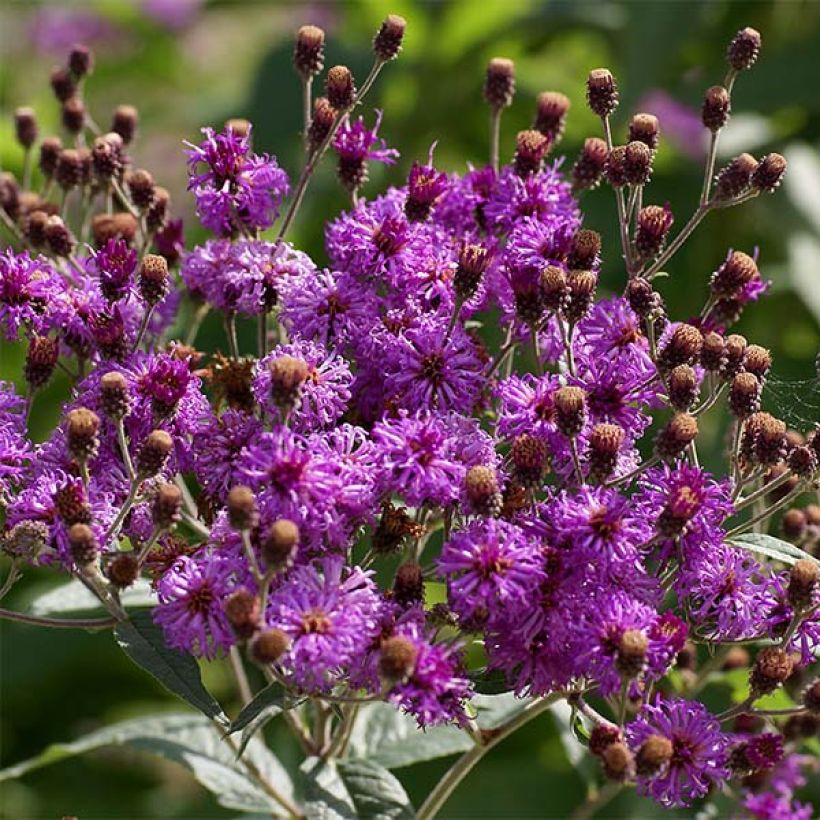

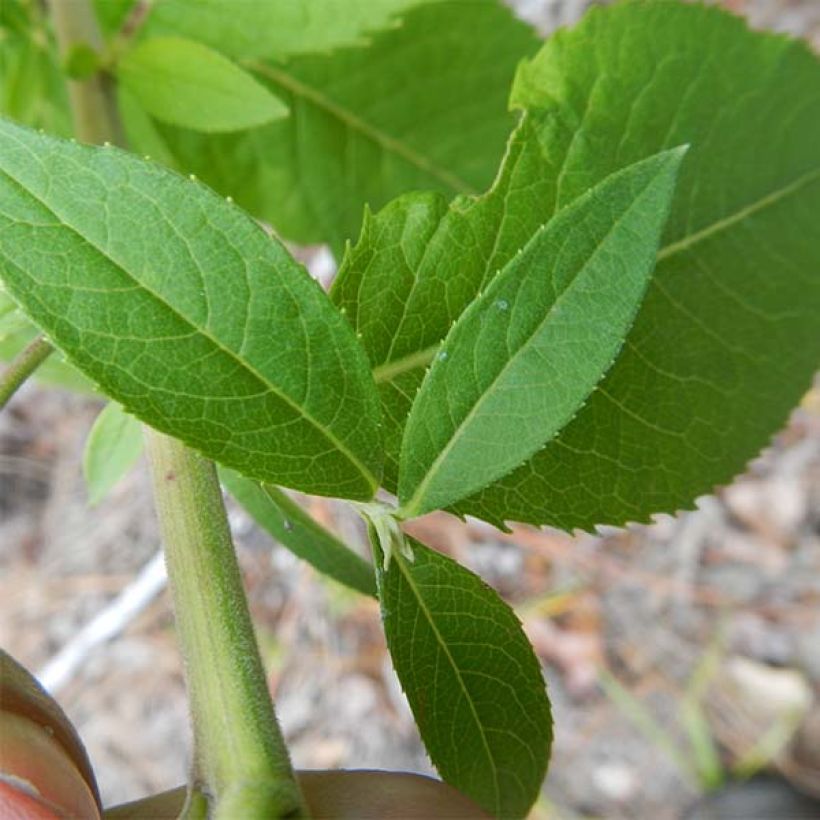

Flowering
Foliage
Plant habit
Botanical data
Vernonia
baldwinii
Asteraceae
Western Ironweed
North America
Other Vernonia - Bitterleaf
View all →Planting and care
Vernonia baldwinii is an excellent perennial plant that deserves to be used more. It thrives in sunny locations and prefers relatively rich and deep soils, but will tolerate clayey and rocky soils, as long as they are not waterlogged. It is more drought-tolerant than other species and blooms earlier. In heavy soil, leaf compost and coarse sand should be incorporated when planting. Clumps that have become too large can be divided in spring or autumn. Cut back dried vegetation at the end of flowering.
Planting period
Intended location
Care
Planting & care advice
This item has not been reviewed yet - be the first to leave a review about it.
Similar products
Haven't found what you were looking for?
Hardiness is the lowest winter temperature a plant can endure without suffering serious damage or even dying. However, hardiness is affected by location (a sheltered area, such as a patio), protection (winter cover) and soil type (hardiness is improved by well-drained soil).

Photo Sharing Terms & Conditions
In order to encourage gardeners to interact and share their experiences, Promesse de fleurs offers various media enabling content to be uploaded onto its Site - in particular via the ‘Photo sharing’ module.
The User agrees to refrain from:
- Posting any content that is illegal, prejudicial, insulting, racist, inciteful to hatred, revisionist, contrary to public decency, that infringes on privacy or on the privacy rights of third parties, in particular the publicity rights of persons and goods, intellectual property rights, or the right to privacy.
- Submitting content on behalf of a third party;
- Impersonate the identity of a third party and/or publish any personal information about a third party;
In general, the User undertakes to refrain from any unethical behaviour.
All Content (in particular text, comments, files, images, photos, videos, creative works, etc.), which may be subject to property or intellectual property rights, image or other private rights, shall remain the property of the User, subject to the limited rights granted by the terms of the licence granted by Promesse de fleurs as stated below. Users are at liberty to publish or not to publish such Content on the Site, notably via the ‘Photo Sharing’ facility, and accept that this Content shall be made public and freely accessible, notably on the Internet.
Users further acknowledge, undertake to have ,and guarantee that they hold all necessary rights and permissions to publish such material on the Site, in particular with regard to the legislation in force pertaining to any privacy, property, intellectual property, image, or contractual rights, or rights of any other nature. By publishing such Content on the Site, Users acknowledge accepting full liability as publishers of the Content within the meaning of the law, and grant Promesse de fleurs, free of charge, an inclusive, worldwide licence for the said Content for the entire duration of its publication, including all reproduction, representation, up/downloading, displaying, performing, transmission, and storage rights.
Users also grant permission for their name to be linked to the Content and accept that this link may not always be made available.
By engaging in posting material, Users consent to their Content becoming automatically accessible on the Internet, in particular on other sites and/or blogs and/or web pages of the Promesse de fleurs site, including in particular social pages and the Promesse de fleurs catalogue.
Users may secure the removal of entrusted content free of charge by issuing a simple request via our contact form.
The flowering period indicated on our website applies to countries and regions located in USDA zone 8 (France, the United Kingdom, Ireland, the Netherlands, etc.)
It will vary according to where you live:
- In zones 9 to 10 (Italy, Spain, Greece, etc.), flowering will occur about 2 to 4 weeks earlier.
- In zones 6 to 7 (Germany, Poland, Slovenia, and lower mountainous regions), flowering will be delayed by 2 to 3 weeks.
- In zone 5 (Central Europe, Scandinavia), blooming will be delayed by 3 to 5 weeks.
In temperate climates, pruning of spring-flowering shrubs (forsythia, spireas, etc.) should be done just after flowering.
Pruning of summer-flowering shrubs (Indian Lilac, Perovskia, etc.) can be done in winter or spring.
In cold regions as well as with frost-sensitive plants, avoid pruning too early when severe frosts may still occur.
The planting period indicated on our website applies to countries and regions located in USDA zone 8 (France, United Kingdom, Ireland, Netherlands).
It will vary according to where you live:
- In Mediterranean zones (Marseille, Madrid, Milan, etc.), autumn and winter are the best planting periods.
- In continental zones (Strasbourg, Munich, Vienna, etc.), delay planting by 2 to 3 weeks in spring and bring it forward by 2 to 4 weeks in autumn.
- In mountainous regions (the Alps, Pyrenees, Carpathians, etc.), it is best to plant in late spring (May-June) or late summer (August-September).
The harvesting period indicated on our website applies to countries and regions in USDA zone 8 (France, England, Ireland, the Netherlands).
In colder areas (Scandinavia, Poland, Austria...) fruit and vegetable harvests are likely to be delayed by 3-4 weeks.
In warmer areas (Italy, Spain, Greece, etc.), harvesting will probably take place earlier, depending on weather conditions.
The sowing periods indicated on our website apply to countries and regions within USDA Zone 8 (France, UK, Ireland, Netherlands).
In colder areas (Scandinavia, Poland, Austria...), delay any outdoor sowing by 3-4 weeks, or sow under glass.
In warmer climes (Italy, Spain, Greece, etc.), bring outdoor sowing forward by a few weeks.






























